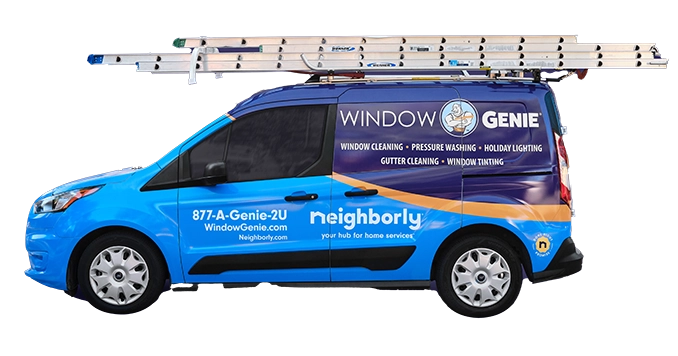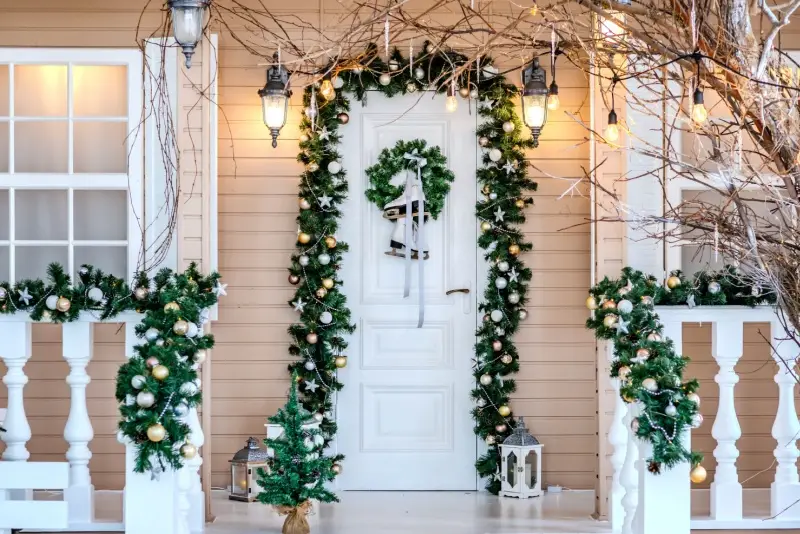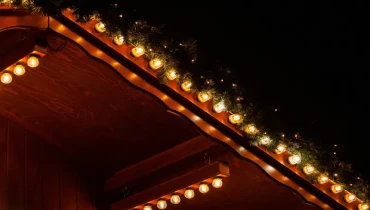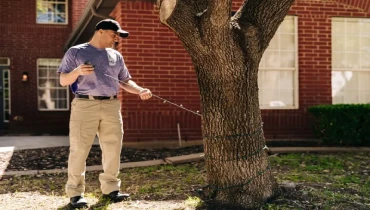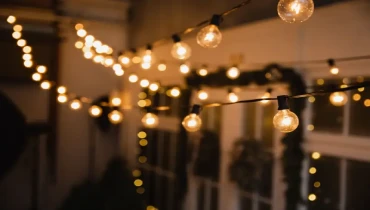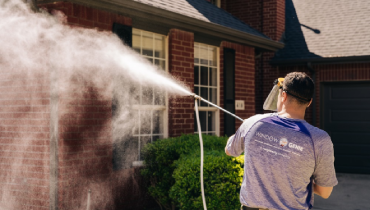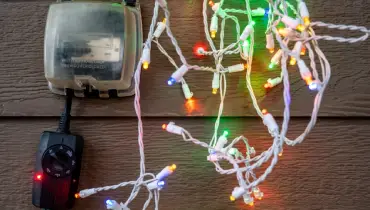Window Genie Blog
Shared Resources for Your Home Needs
All Blogs
Dec 16 2024
Transform your home into a winter wonderland with beautiful Christmas roof decorations!
Learn more
Dec 16 2024
Whether you’re looking to showcase classic elegance, modern flair, or playful elements, Window Genie has ideas to help your home stand out this holiday season.
Learn more
Dec 16 2024
Choosing the right holiday lights creates a welcoming Christmas display that transforms any home into a festive haven for the holidays.
Learn more
Oct 21 2024
Decorating the exterior of your home with Christmas lights is one of the most festive ways to celebrate the season, adding warmth
Learn moreBlog Categories
Let Us Call You
Blog Categories
